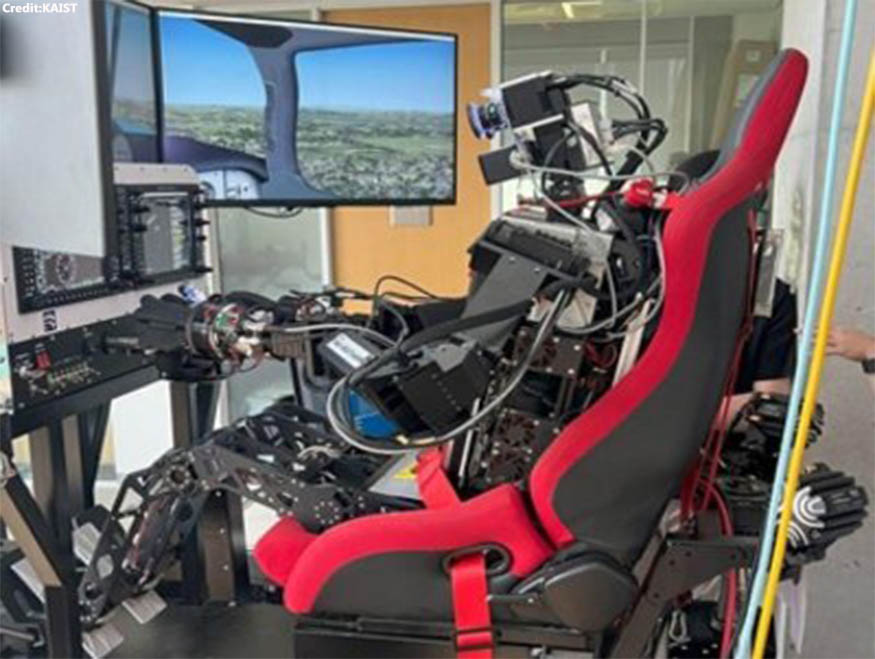Civil Aviation
South Korea Invents Robot Pilot that Can Fly a Plane Better Than Human Pilots

Both robotics and artificial intelligence have made tremendous advances in recent years that have sparked the creation of technologies.
With the creation of “Pibot,” a humanoid robot built to fly aircraft using its own dexterity and cutting-edge AI skills, the Korea Advanced Institute of Science & Technology (KAIST) is making ground-breaking improvements in aviation. Pibot has the potential to revolutionize aviation and other industries mainly to its capacity to operate flight instruments, understand complicated instructions, and respond swiftly in emergency situations.
IndiGo moves towards lighter, less paper cockpits(Opens in a new browser tab)
Professors David Hyunchul Shim, Jaegul Choo, Kuk-Jin Yoon, and Min Jun Kim worked together to create Pibot. By operating each individual control in the cockpit, the robot can operate an aircraft just like a pilot. Even in the worst circumstances, it can maintain altitude and gain control.
The 65 kilogramme and 160 cm tall humanoid with bug eyes is intended for sitting and working. Since everything in the cockpit is made for humans, Shim claims that Pibot’s human form may not be very effective, yet it was nevertheless created as a humanoid form. Even in the presence of strong vibration, it uses high-precision technology to control its arms and fingers. Furthermore, it can use voice synthesis to converse with cockpit humans and air traffic controllers.
Is it possible to fly a plane in space?(Opens in a new browser tab)
Pibot uses several cameras to evaluate the situation on the plane, in contrast to traditional robots made for preprogrammed or repetitive activities from a fixed location. It has both internal and external cameras incorporated into it that it uses to monitor the status of the aircraft and control key buttons on the control panel. Shim claimed that this distinguished Pibot from other autonomous systems like the autopilot or unmanned aircraft and served as its major feature.
Before 2026, the KAIST researchers want Pibot to do the entire takeoff and landing of a real aircraft. For their actual flight test, they must resolve additional technical and regulatory issues.

